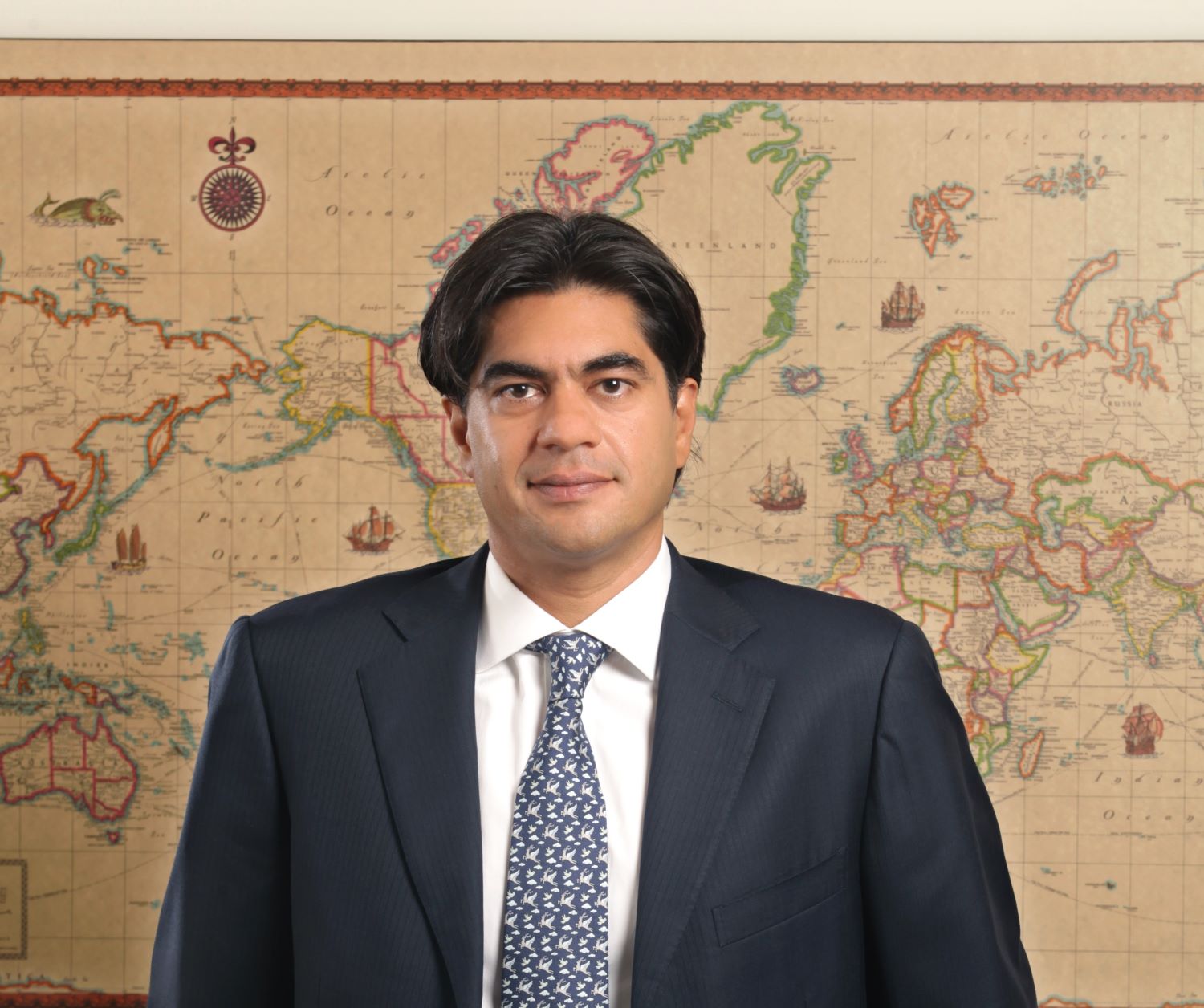
India has entered into Free Trade Agreements with The big message that I need to communicate is that India’s personal protection sector is passing through an inflection point and Mallcom is attractively placed to capitalise on this unprecedented opportunity. This optimism is reflected in the profitable growth of the company.
Inflection point
One, the greater focus on governance the world over is resulting in a deeper respect for companies that are invested in mishap and accident-deterrence. The lower this incidence the larger the message going out to the world that the Company in question cares for holistic sustainability, cherishes the safety of its people and is committed to business continuity.

Two, the world is watching instances of corporate accidents and mishaps more closely than ever, partly because the numbers, incidents and precautions are being reported more extensively in Annual Reports, helping create an overarching culture of precaution.
Three, the engagement of vendors, especially in the business of infrastructure creation, has laid out unambiguous guidelines related to the use of personal protection equipment.
Four, the widening spread of insurance has defined tighter guidelines on how on-site and shopfloor workers need to be protected; this has extended the perception of protection from the helmet to other equipment.
Five, the rising cost of worker compensation and a greater awareness of the rights of workers is enhancing the use of protection equipment – from a personal preference on the part of the employer to a trade union demand.
Six, the role of credit rating is taking factors like worker safety into account. This means that worker safety, on-site integrity and general housekeeping are playing a critical role in influencing ratings, which, in turn, influences the cost at which growth funds are available to a company.
Seven, the pandemic has brought the word ‘protection’ into centre-stage with a spin-off benefit extending from the personal to the industrial and the application of the word from a limited personal connotation to holistic wellbeing.
Eight, it is increasingly proven that an enhanced safety perception increases worker confidence and security, which enhances productivity, linking the use of personal protection equipment with HR and finance priorities.
Nine, multi-national companies entering India are bringing their international standards into the country, catalysing the demand for protective equipment.
Ten, stringent statutory compliance requirement and stricter certification bodies are widening the PPE market.
Eleven, the growth of the workforce size (added 2.27 Lakh contractual employees in FY 21-22) and more women entering the sector (women in the flexi workforce at 27% in FY 21-22) are widening the need for personal protective equipment.
In view of these irreversible developments, we believe that the personal protection sector is entering a new age; it is no longer peripheral to business but intrinsic; it no longer pays lip service but catalyses the well-being of a company’s most precious asset (people).
The India moment
One of the biggest transformations the world over is happening right here in India – for various reasons. India is also at an inflection point, at the cusp of graduating from a reasonable growth in its manufacturing sector (15% of GDP) to a stated desire to increase this to around 25% by FY 24-25.
India’s prospective growth is being driven by the announcement of long-term policies across most sectors, catalysing manufacturing investments and leading to the prospect of a capital expenditure ‘tsunami’ (in the words of one of India’s biggest industrialists). The larger the capital investment, the greater the use of personal protection equipment.
The Budget FY 22-23 made a decisive break from the past when it announced a 35% increase in infrastructure outlay. We see this announcement as the beginning of an enabling virtuous cycle where the creation of more roads (for instance) could cascade into diversified infrastructure spending by private players.
various countries (and rising), which, by the virtue of 8-10% duty advantage, could leverage the country’s position as a competitive global manufacturing location of personal protection equipment.
An increasing push to become ‘Atma Nirbhar’ (self-reliant) has led to an investment in raw materials such as leather, technical textiles and chemicals, which has enhanced their use in value-added items. India is attractively poised to capitalise on the China-plus-one phenomenon, marked by countries seeking to moderate their excessive dependance on China for supplies.
The Indian personal protection sector is evolving from the unorganised to the organised; there is a greater respect today for certification-benchmarked equipment over inferior alternatives. In view of these realities, we are optimistic of the long-term prospects of our Company to achieve Rs. 1000 Crore in revenues across five years, enhancing stakeholder value in a sustainable way across the long-term.




